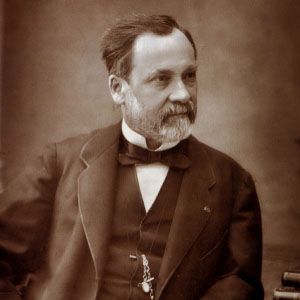
The respiratory, digestive and urogenital systems communicate with the external environment at specialized mucosal surfaces. This interface exposes the individual to a variety of micro-organisms that includes both beneficial commensals as well as potential pathogens, some of which cause life-threatening diarrheal diseases. In order to prevent the invasions by these pathogens, the immune system employs an arsenal of specialized cell types that help protect the organism.
Among them, the innate lymphoid cells (ILC) contribute to immune defense by maintaining the integrity of the intestinal barrier. ILC are made in the bone marrow but must find their way to the gut mucosa where they perform their function. To date, how this migration process was regulated remained a mystery.
In the journal Immunity, scientists from the Institut Pasteur and the Inserm (Innate Immunity Unit, Inserm U668, led by James Di Santo) have discovered that the ILC have on their surface a particular receptor, CXCR6, that binds the chemokine CXCL16, a small messenger molecule that has the capacity to regulate ILC migration to the intestine. They then show that a mouse mutant without CXCR6 lacked intestinal ILC subsets and was highly susceptible to infections by pathogenic bacteria.
The scientists' discovery of the important role for CXCR6 in intestinal defense represents an important advance in our understanding of intestinal immunity. Since CXCR6 is expressed in human immune cells, these discoveries may eventually lead to new treatment of intestinal infections, such as acute gastroenteritis, or chronic inflammatory syndromes, such as Crohn's disease.
Source
The Chemokine Receptor CXCR6 Controls the Functional Topography of Interleukin-22 Producing Intestinal Innate Lymphoid Cells, Immunity, November 6, 2014
Naoko Satoh-Takayama(1,2,*) Nicolas Serafini(1,2), Thomas Verrier(1,2), Abdessalem Rekiki(1,2), Jean-Christophe Renauld(3), Gad Frankel(4) and James P. Di Santo(1,2,*)
(1) Innate Immunity Unit, Institut Pasteur, 25 rue du Docteur Roux, 75724 Paris, France
(2) Inserm U668, 75724 Paris, France
(3) Ludwig Institute for Cancer Research, Experimental Medicine Unit, Université Catholique de Louvain, Brussels, 1200 Belgium
(4) MRC Centre for Molecular Bacteriology and Infection, Department of Life Sciences, Imperial College London, London SW7 2AZ, UK